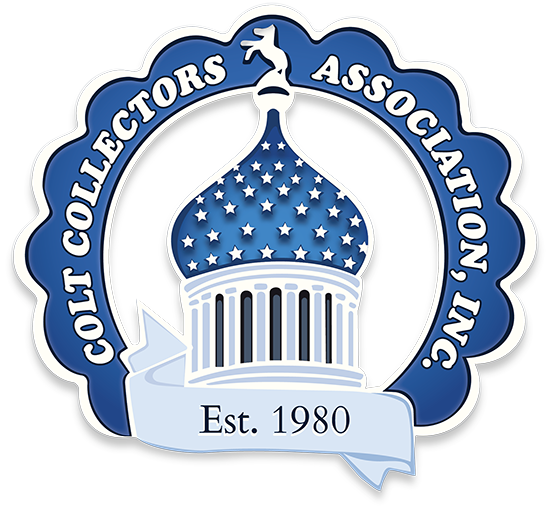
Oh no! Page Not Found
The page you are looking for does not exist. It may have been moved
or removed altogether.
Try going back to see if you can find what you are looking for.

The page you are looking for does not exist. It may have been moved
or removed altogether.
Try going back to see if you can find what you are looking for.